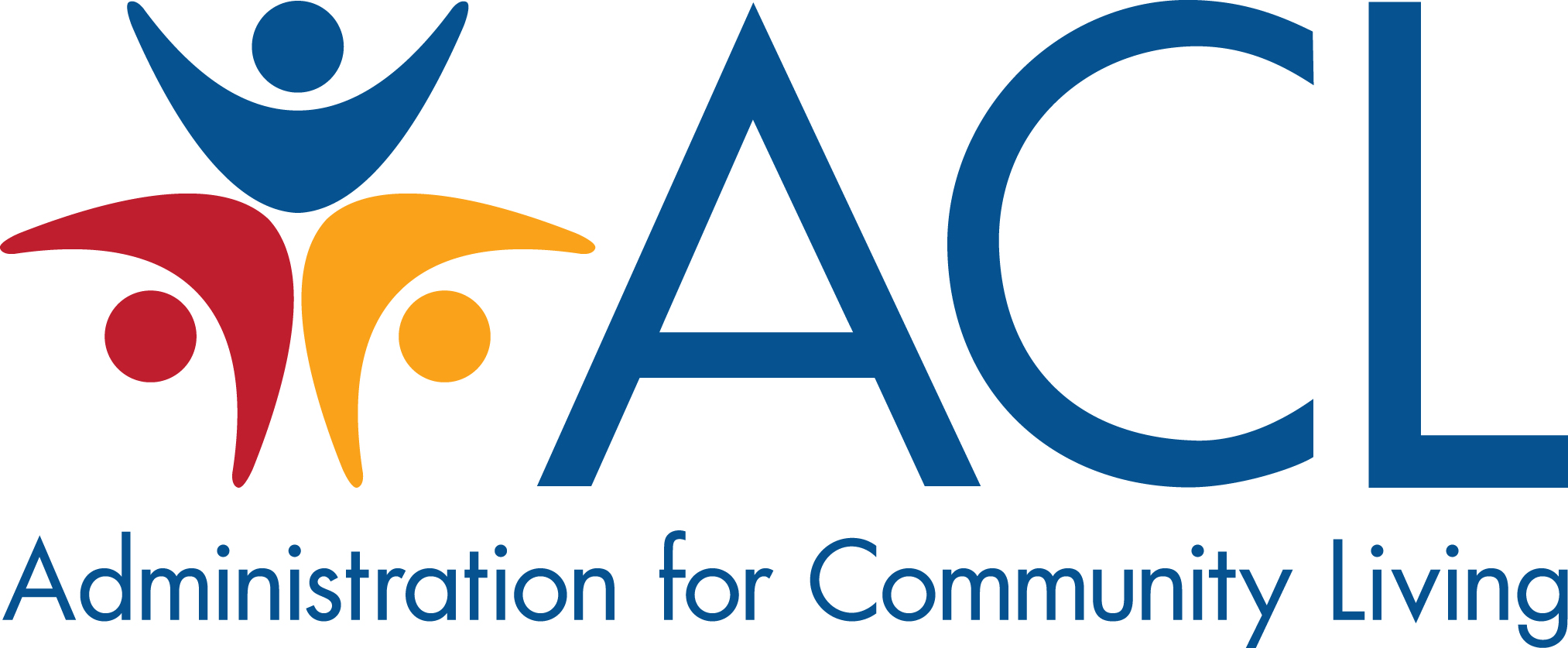Title
Rehabilitation Engineering Research Centers (RERC) Program: RERC on Universal Design Applications
Funding Opportunity Number
HHS-2025-ACL-NIDILRR-REGE-0120
Opportunity ID
357875
Center
NIDILRR
Primary CFDA Number
93.433
Funding Instrument Type
Grant
Expected Number of Awards Synopsis
1
Eligibility Applicants
State governments,County governments,City or township governments,Special district governments,Public and State controlled institutions of higher education,Native American tribal governments (Federally recognized),Native American tribal organizations (other than Federally recognized tribal governments),Nonprofits having a 501(c)(3) status with the IRS, other than institutions of higher education,Nonprofits without 501(c)(3) status with the IRS, other than institutions of higher education,Private institutions of higher education,For profit organizations other than small businesses,Small businesses,Others (see text field entitled "Additional Information on Eligibility" for clarification)
Additional Information on Eligibility
States; public or private agencies, including for-profit agencies; public or private organizations, including for-profit organizations; IHEs; and Indian tribes and tribal organizations. Foreign entities are not eligible to compete for, or receive, awards made under this announcement. Faith-based and community organizations that meet the eligibility requirements are eligible to receive awards under this funding opportunity announcement.
Estimated Award Date
Original Closing Date for Applications

